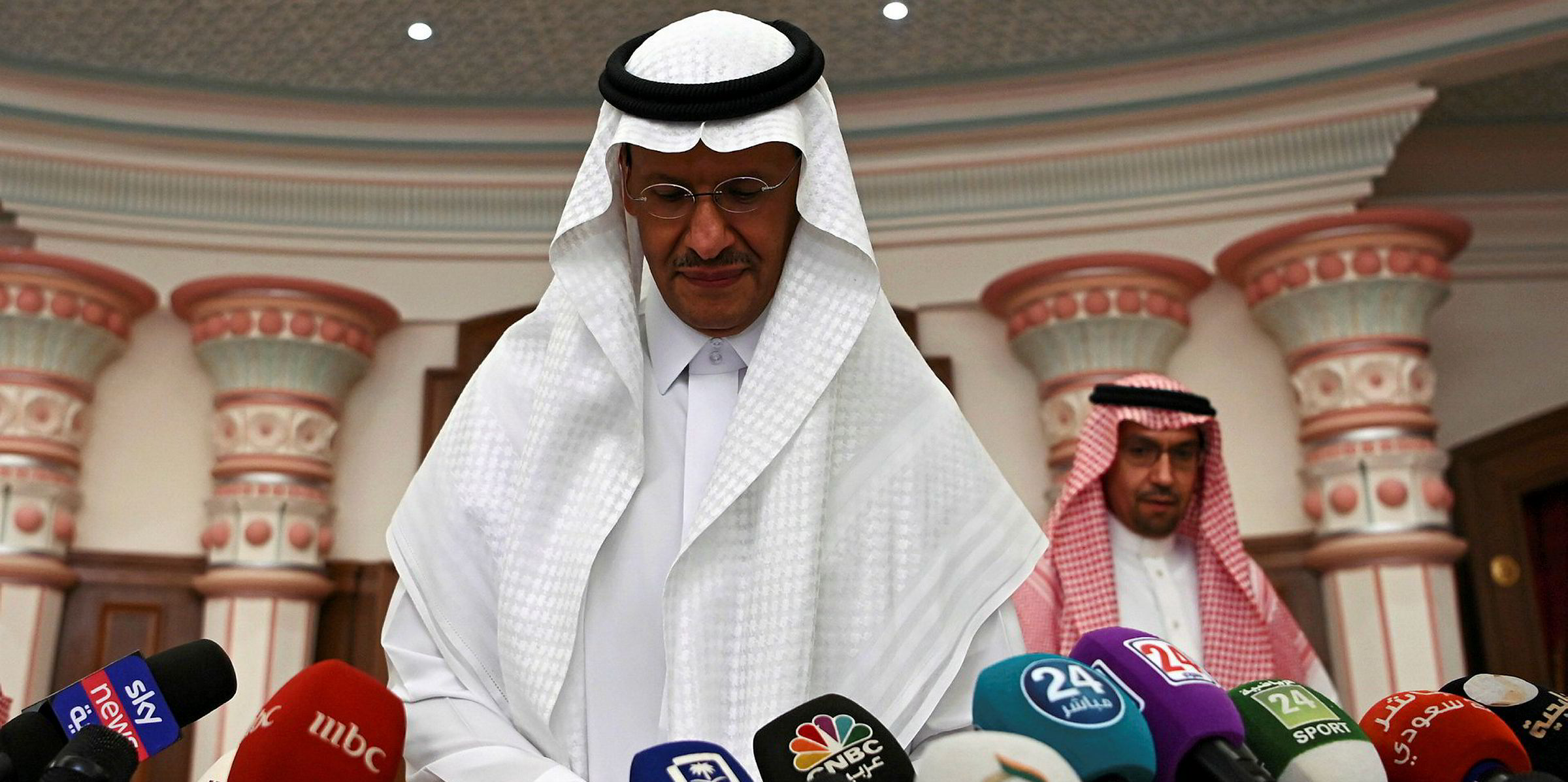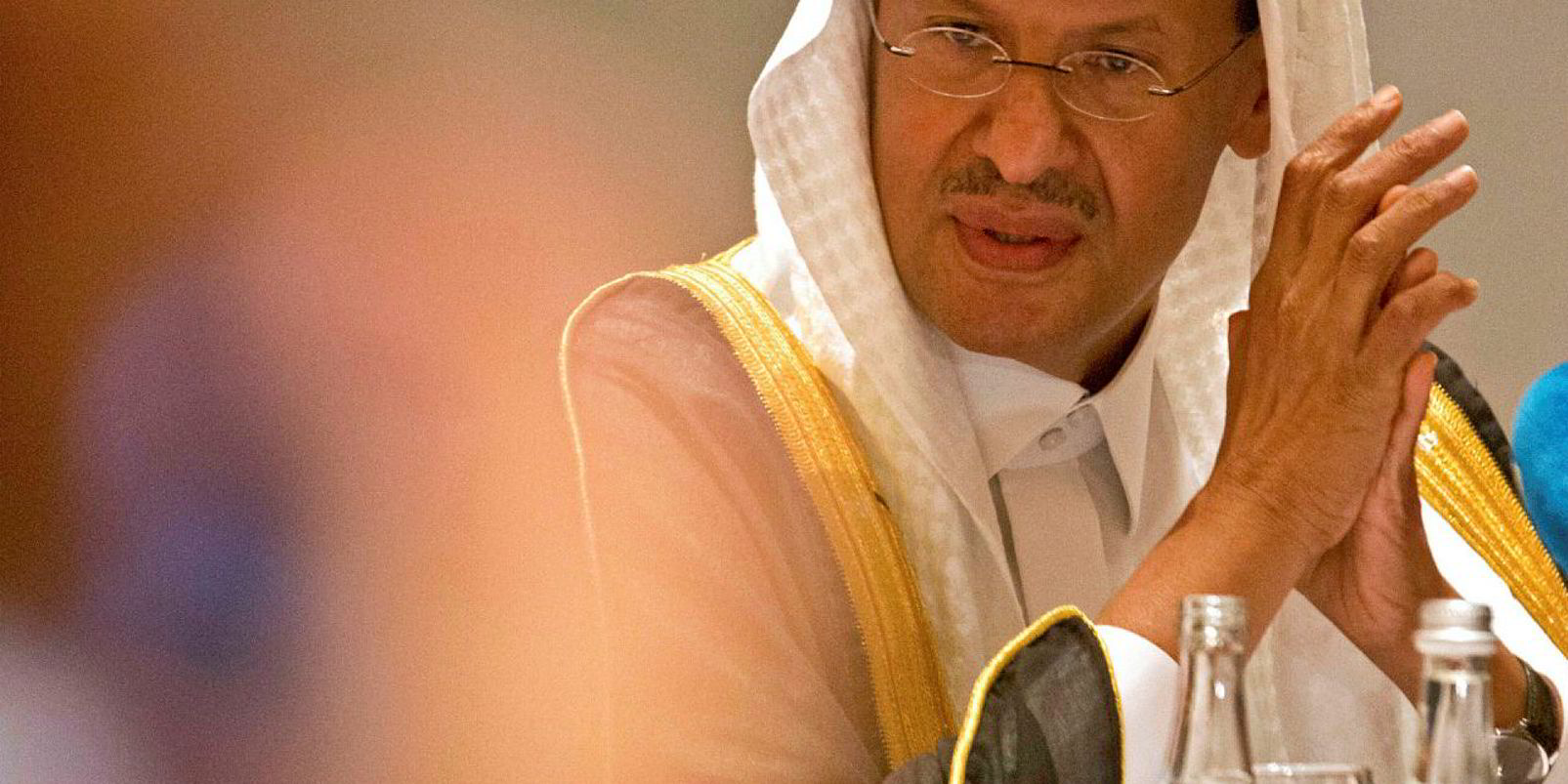OPINION: The aerial strikes that temporarily stopped the heartbeat of Saudi Arabia's oil industry might prove a pyrrhic victory for Iran, which the US views as the culprit.
In the early hours of Saturday, a swarm of drones turned the processing facilities at Abqaiq and Khurais into an inferno in a potentially devastating blow to the world economy, which heavily relies on oil from the Persian Gulf.
More than half of Saudi Arabia’s production of about 10 million barrels per day was lost in a flash, exposing the vulnerability of the world’s largest exporter.
US President Donald Trump authorised the release of oil from the US Strategic Petroleum Reserve to help cope with any possible shortages.
It was the worst-ever sudden disruption to global oil supplies, sending crude prices soaring by about 20% as concerns over instability in the Middle East took traders off guard and raised the prospect of US retaliation against Iran, which denies any involvement while admitting Yemeni Houthi rebels carried out the attacks.
However, the incident is now giving Saudi Arabia a chance to show the operational strength at the heart of Aramco’s management system that oversees the world’s most formidable network of pipelines, processing facilities, crude storage and safety procedures designed to tackle sudden outages.
This was put to the test in the wake of the attacks with Aramco moving at speed to try to restore production — and reassuring customers of contractual oil shipments.
Crude prices bowed to the positive message that shut-in production is on its way back and plunged late Tuesday. Aramco also moved to ramp up idle offshore oilfields — part of its cushion of spare capacity — and tapped into its stockpiles to cope with the loss, vowing to restore production to pre-attack levels of 9.8 million bpd by October.
“Where would you find a company in this whole world that went through such a devastating attack and came out like a phoenix?” Energy Minister Prince Abdulaziz bin Salman exclaimed.
Aramco chief executive Amin Nasser said the synchronised attacks were timed to create maximum damage, adding that the rapid response showed Aramco’s preparedness to deal with threats aimed at sabotaging global supplies.
The disruption surpassed the loss of Kuwaiti and Iraqi oil output in August 1990 when Saddam Hussein invaded his smaller neighbour, as well as disruptions arising from the 1979 Islamic Revolution that paved the way for hostile relations between Iran and both the US and Saudi Arabia.
That perennial enmity lies at heart of the current explosive situation in the Persian Gulf.
Tensions between the US and Tehran have been rising since Trump last year decided to pull out of the 2015 nuclear agreement with Iran and reimposed crippling economic sanctions.
Saudi oil facilities as well as foreign tankers in and around the Persian Gulf have been the target of several attacks over the past year with the finger of blame pointing to Iran despite denials from Tehran.
Iran has said repeatedly it will not allow other Persian Gulf producers to export crude while its own oil industry is choking under US sanctions.
The drone attacks seem to fit into that line of thinking, which carries enormous risks. It gives the US the ammunition it needs to rally international support for its policy of "maximum pressure" designed to further strangle Iran economically and thus deprive it of oil revenues that give the nation the ability to flex its military muscles in the Middle East.
(This is an Upstream opinion article.)

